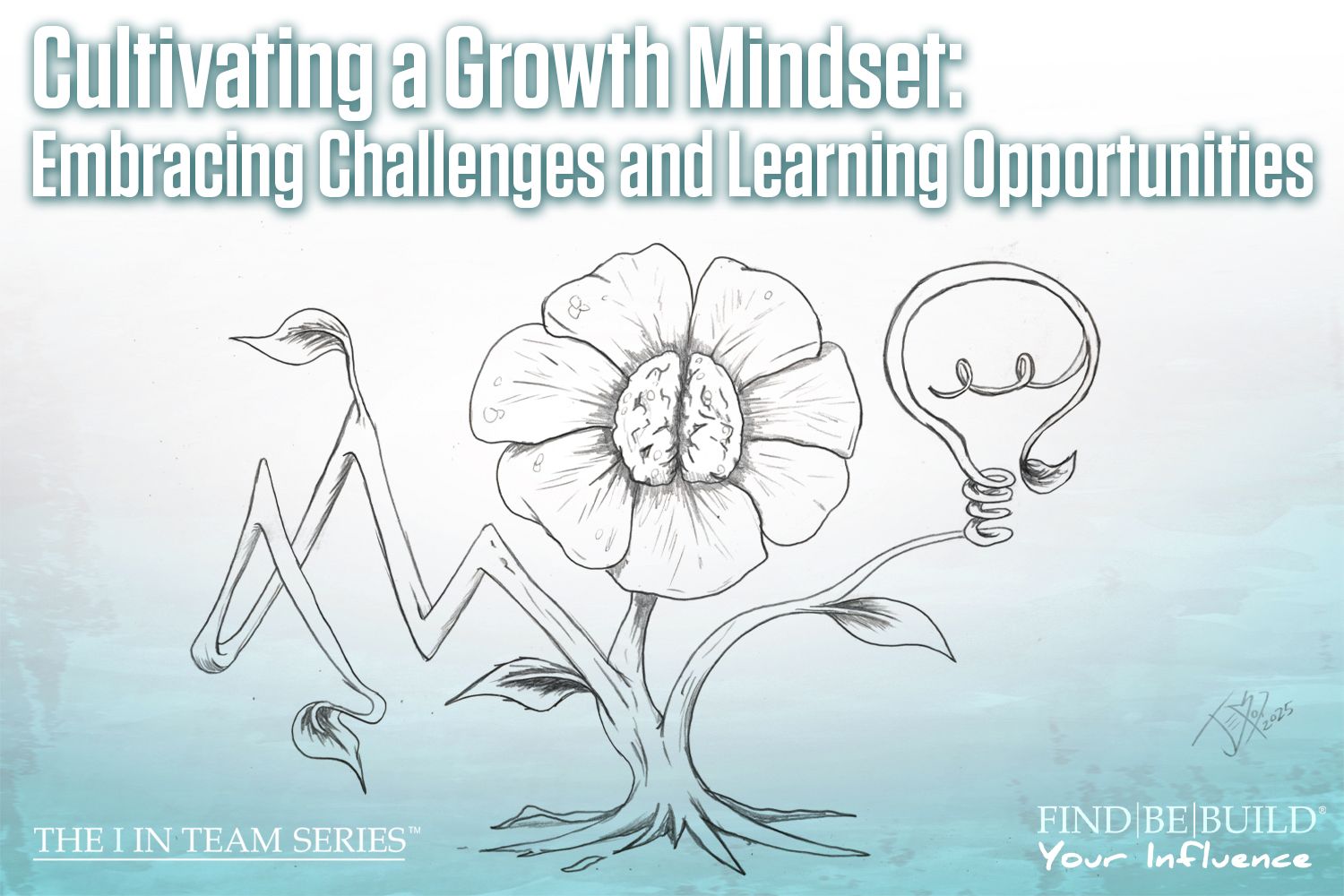Essential Tips for Hiring a Consultant

Hiring a business consultant
A consultant is a person who gives professional guidance on any matter. There are many fields where the services of a consultant are necessary. Today’s job market is service, as well as manufacturing based. The need for a consultant in every trade is becoming increasingly necessary. The consultancy requirements vary from company to company, depending on its modus operandi. They may have permanent consultants as well as temporary consultants who are hired for a very short period of time. The entire process of hiring a consultant is cumbersome and involves expenditure and time. The company has to address its problems first and identify key areas before engaging a consultant for themselves. There are certain things a company must keep in mind before engaging a consultant.
Qualifications
The consultant must be well qualified and experienced to handle the particular problems the company faces time and again. The competency of the consultant is very important and the company must feel confident before handing any responsibility over. If the consultant is to be given a contractual job, then the terms and conditions of the work contract should be carefully sorted out. It should clearly mention the responsibilities he or she has to shoulder during the work tenure. Any discrepancy regarding this matter must be avoided.
Knowledge Base
The consultants should have a sound background; they should be from the industry or from a professional consultancy firm. The person’s background becomes very important before he or she can be assigned a big responsibility. Only a person who is experienced enough to shoulder responsibilities should be assigned with the project.
Historical Results
The past records of the consultants should be analyzed carefully before assigning them a project. The rating of their previous clients is very important, particularly for professional consultancy companies. Such consultants charge quite a bit of money for their services so the companies should scrutinize their reputation in the market prior to appointment. Money is a very important factor which the company has to look into before employing professional consultants. If possible they should avoid such expenditure.
The company must have a proper structure which would determine the actual need for a consultant. In-house resources within the company can provide proper solutions to their problems. This applies to normal individuals also. The services of consultants should be kept as a last resort. Professional help is only needed when the in house resources fail to give any viable solution to a particular problem. Companies, and even individuals, must be careful of unskilled consultants who do more harm to a business than good with their unprofessional ideas. A qualified and experienced consultant will enhance productivity.
© Individual Advantages, LLC. 2015
The post Essential Tips for Hiring a Consultant appeared first on IA Business Advisors.











